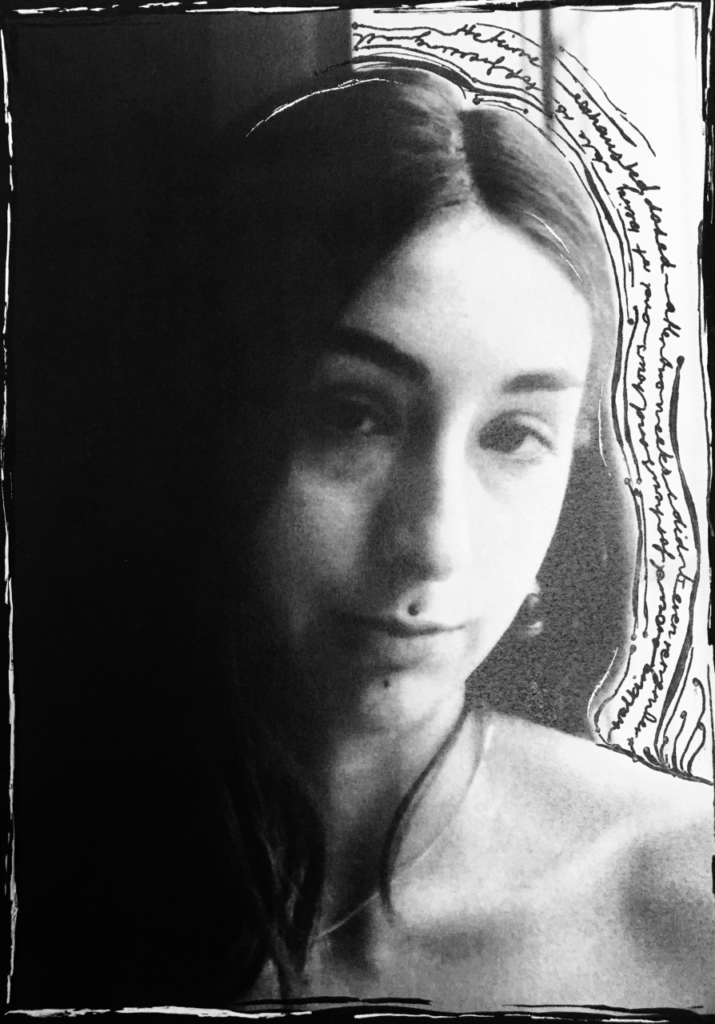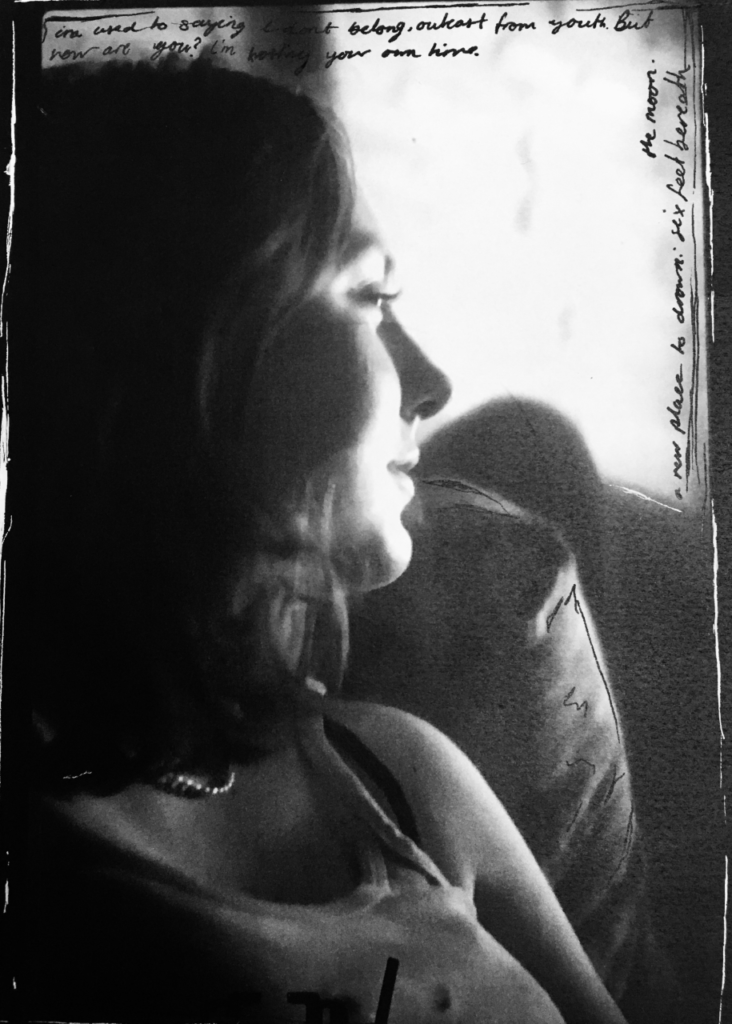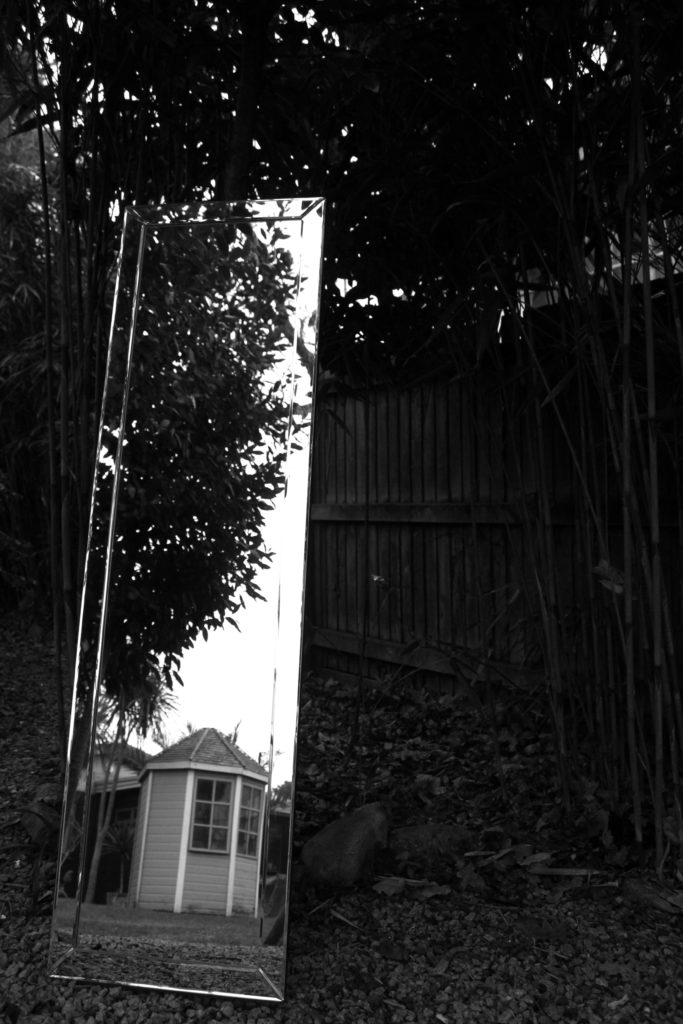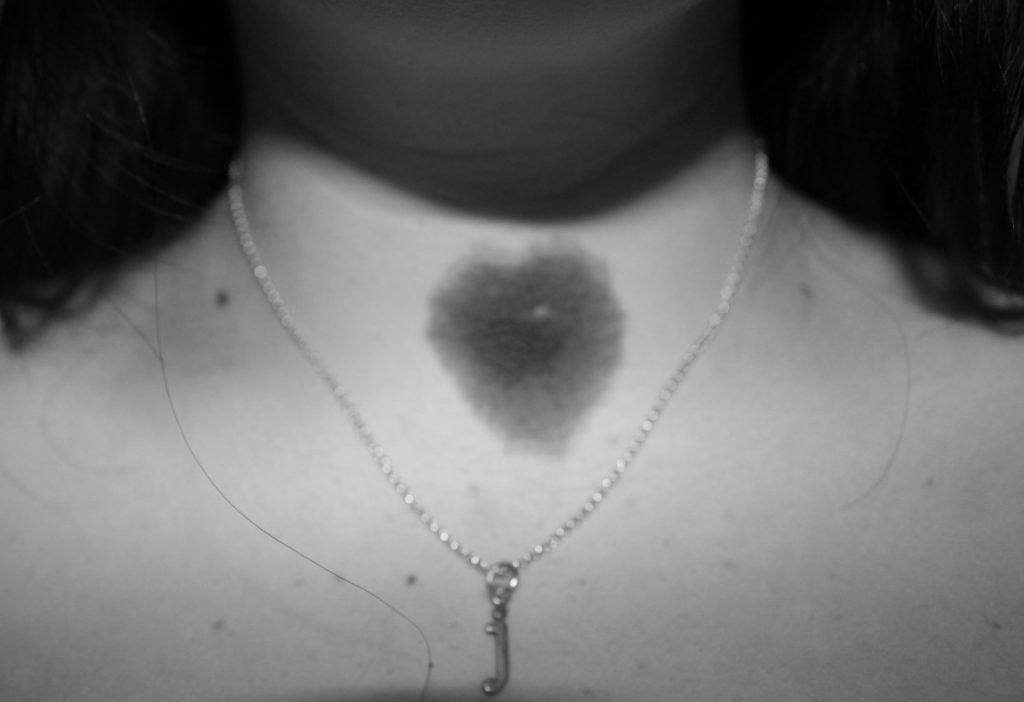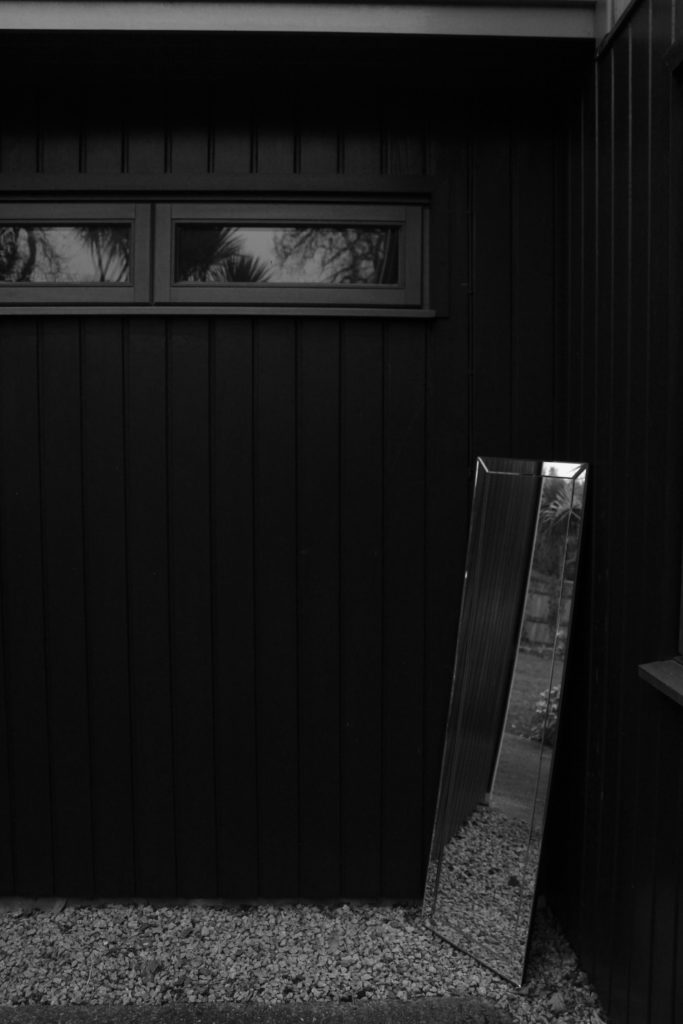Planning:
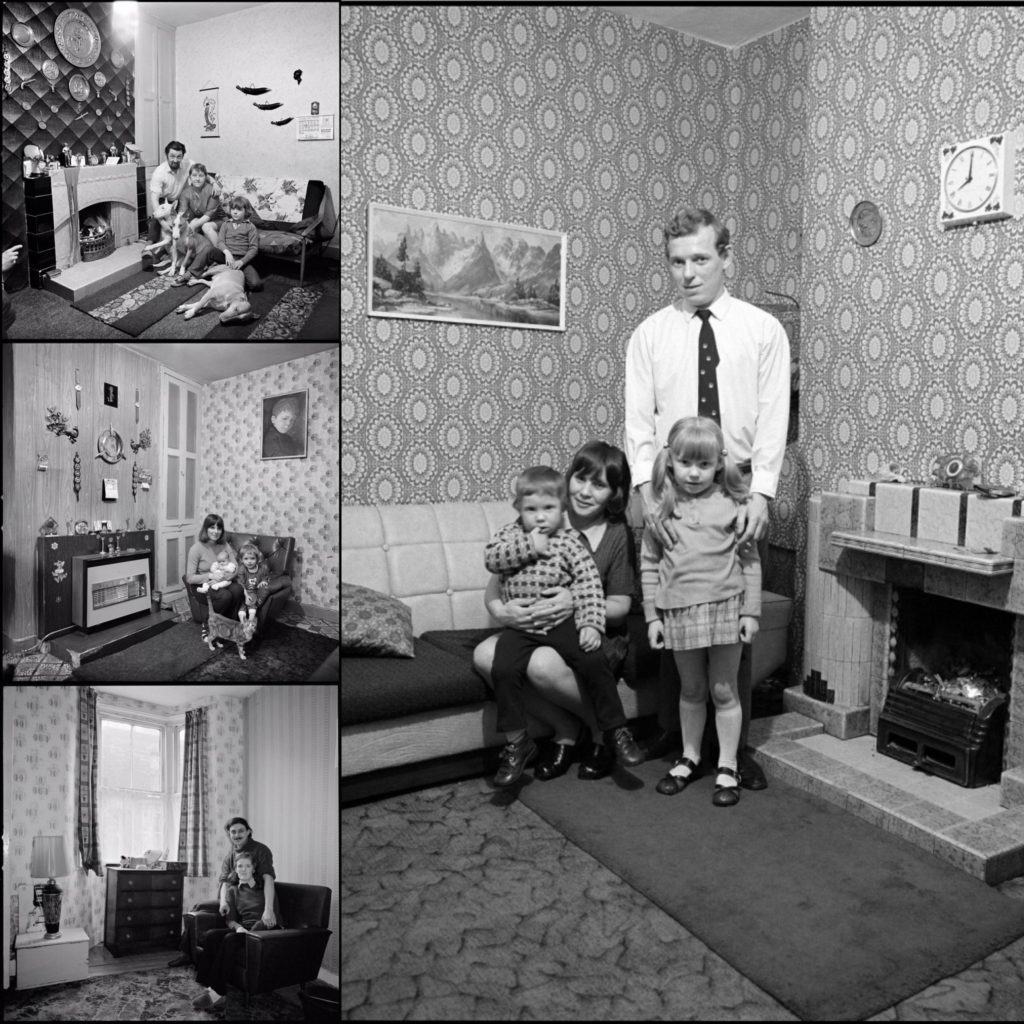
For my second shoot I will be taking portrait style images inspired by one of my case studies, Daniel Meadows. I will be taking these images in order to show my dad’s family now. Since Meadows took his images in the subject’s homes, I have decided to also use my father’s family home as the location for this shoot. I will most likely be using the lounge/livingroom as a location, as it symbolizes family as its where we spend most of our time together. I plan on organizing my family members in a distinct way as you can see in the mood board on the left, in order to make the portraits look more clean and put together. I will most likely be using a tripod in order to make sure my images are in focus, the shutter speed will not be too high as it will most likely be late towards the night when I do this shoot and this will help make sure my images aren’t too dark. The ISO will have to be quite high, and I will need to make sure my white balance Matches well with the lighting around the house.
Picking my best images using Lightroom:
Below you can see the process of how I chose my best images through screenshots. I began by flagging my best images, in order to get rid of the bad photos then I color coded them using red, yellow and green.

Editing:


original 
edited
Although I didn’t intend to take images like the one above, This is my favorite outcome as one of my archival images with my parents looks very similar, and I think this could be interesting in showing how my family has changed. To edit i reduced the brightness and increased the contrast. I wanted the faded tattoos on my dad’s hand to be more visible so it is obvious to the audience it is him, although the majority has been laser removed.
Reflecting on the photo shoot:
My intention for this shoot was to capture what my father’s side of the family, now that he has a new partner, no longer together. I wanted to make the portraits similar to the ones above in the mood board, however I feel that during the photo shoot process the images turned out more candid that I originally wanted, as I also ended up capturing some detail shots also which I had not planned on doing. On one hand I believe this lets some personality shine through the images, but on the other hand I would have preferred to also capture something more professional looking because I feel that will make the photo book have a more polished look. I think I may redo this shoot, in order to achieve my original intention, then compare and see which images look best. If I do decide to retake, I would prefer to use a different setting as I think the background of these images are far too distracting to facilitate successful portraits leading to a minimal amount of successful images from this shoot. I also felt as if these images made my narrative less personal since the foundation of my project is based on my biological parents and my brother.










